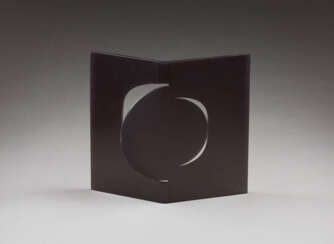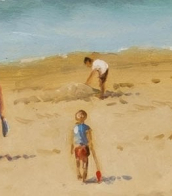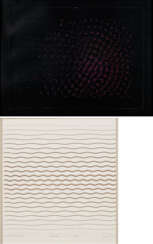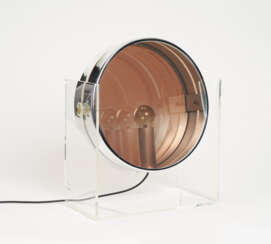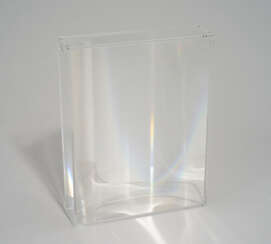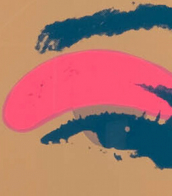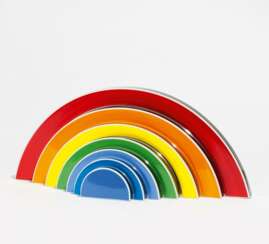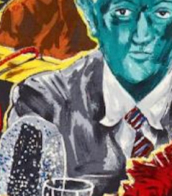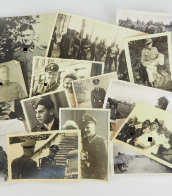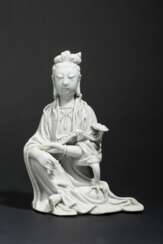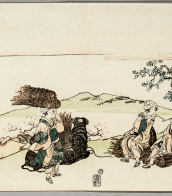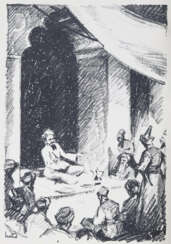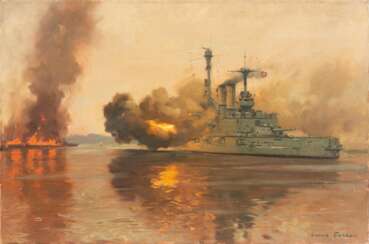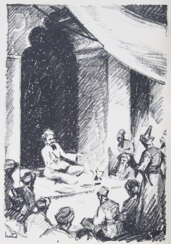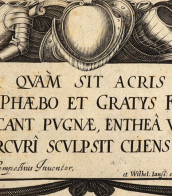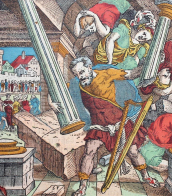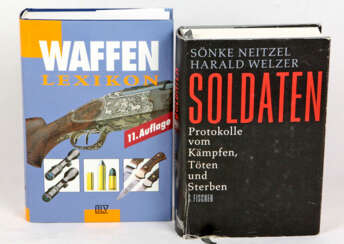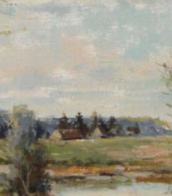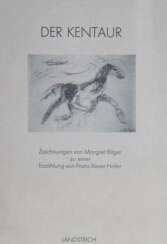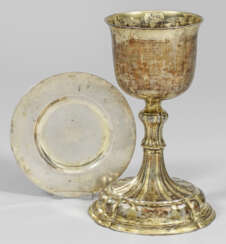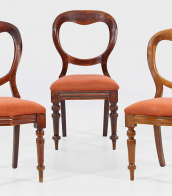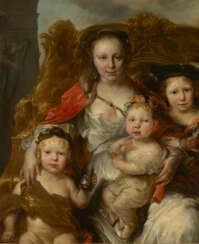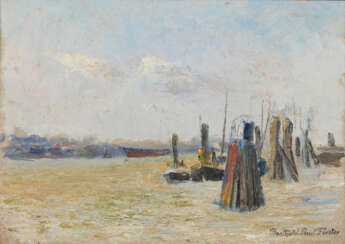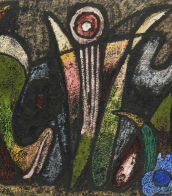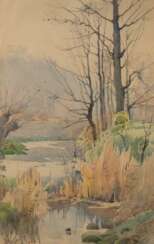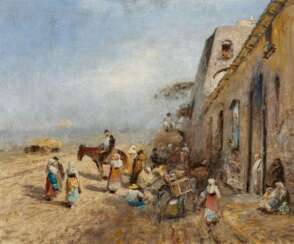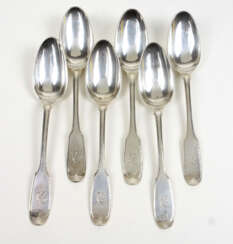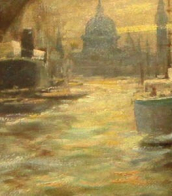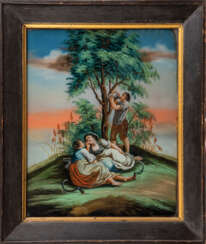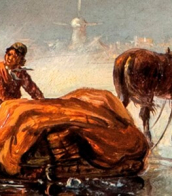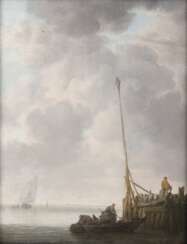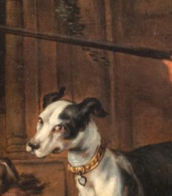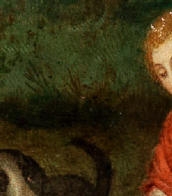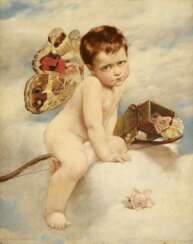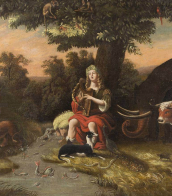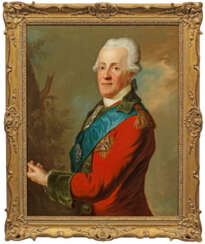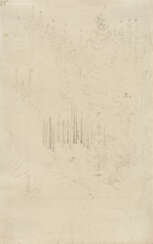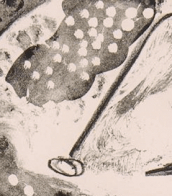jürgen lit fischer
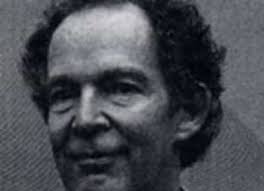
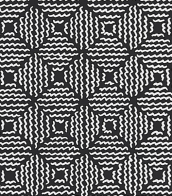
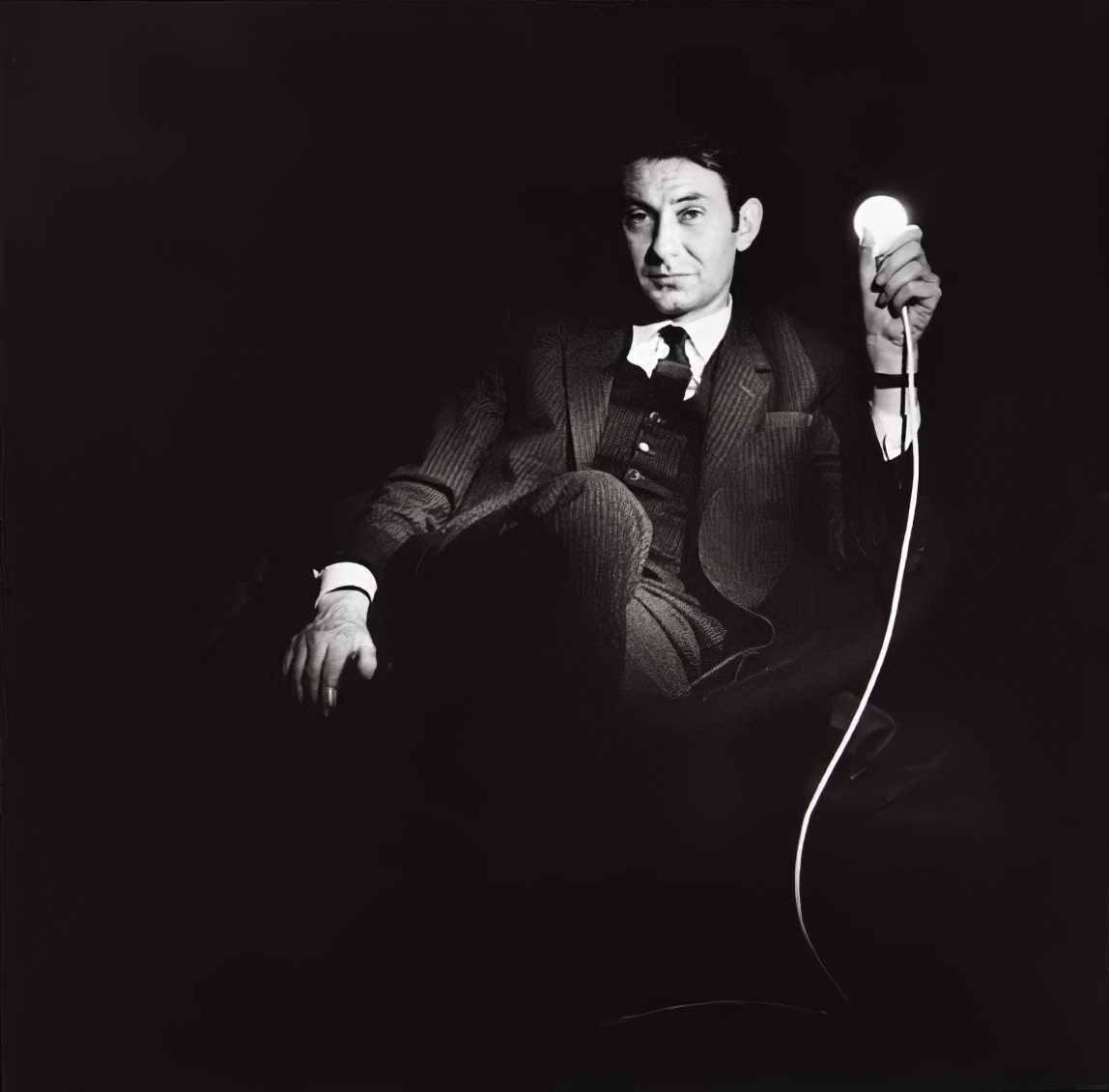
Otto Piene was a German-American artist specializing in kinetic and technology-based art, often working collaboratively.
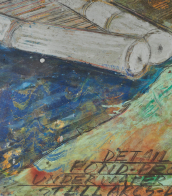

Otto Piene was a German-American artist specializing in kinetic and technology-based art, often working collaboratively.
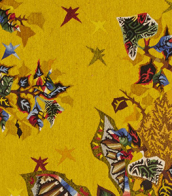
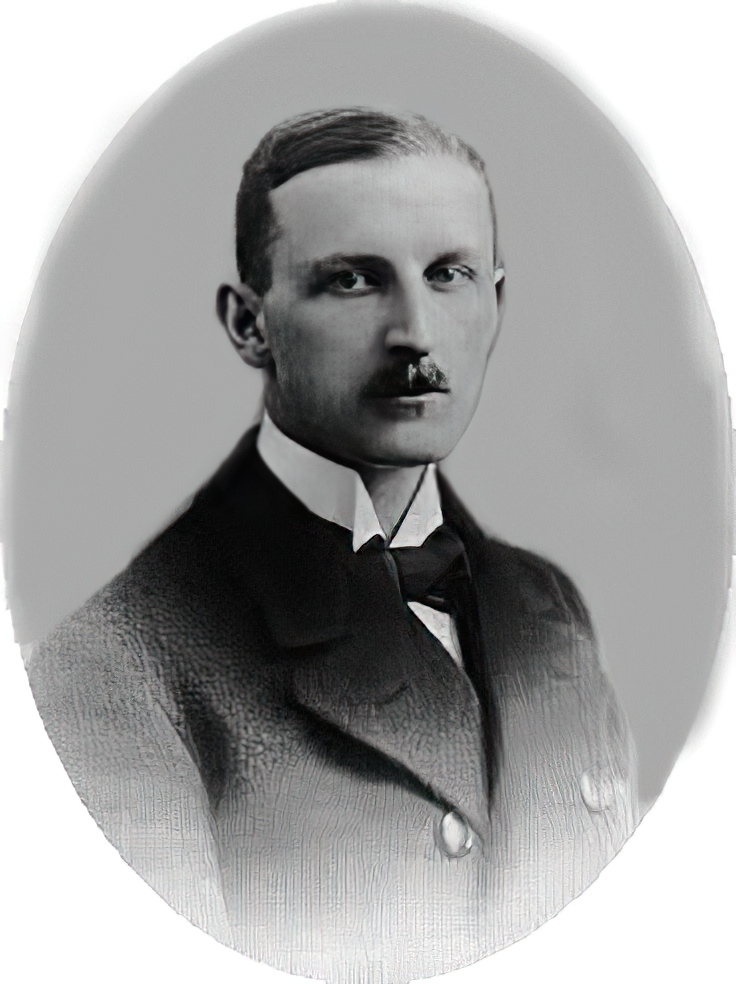
Claus Friedrich Bergen was a German painter of the first half of the twentieth century. He is known as a marine painter and illustrator.
Claus Bergen illustrated Karl May's adventure tales early in his career, creating more than 450 works. He specialized in nautical subjects, depictions of fishing and coastal landscapes, and traveled to Norway, England, the Mediterranean and America. During World War I, Bergen created paintings depicting sea battles; he was the only artist of his time to participate in a submarine raid. In World War II, he was included by the Nazis in the "God-given list" and his work was exhibited in Nazi exhibitions in Munich from 1937 to 1944.

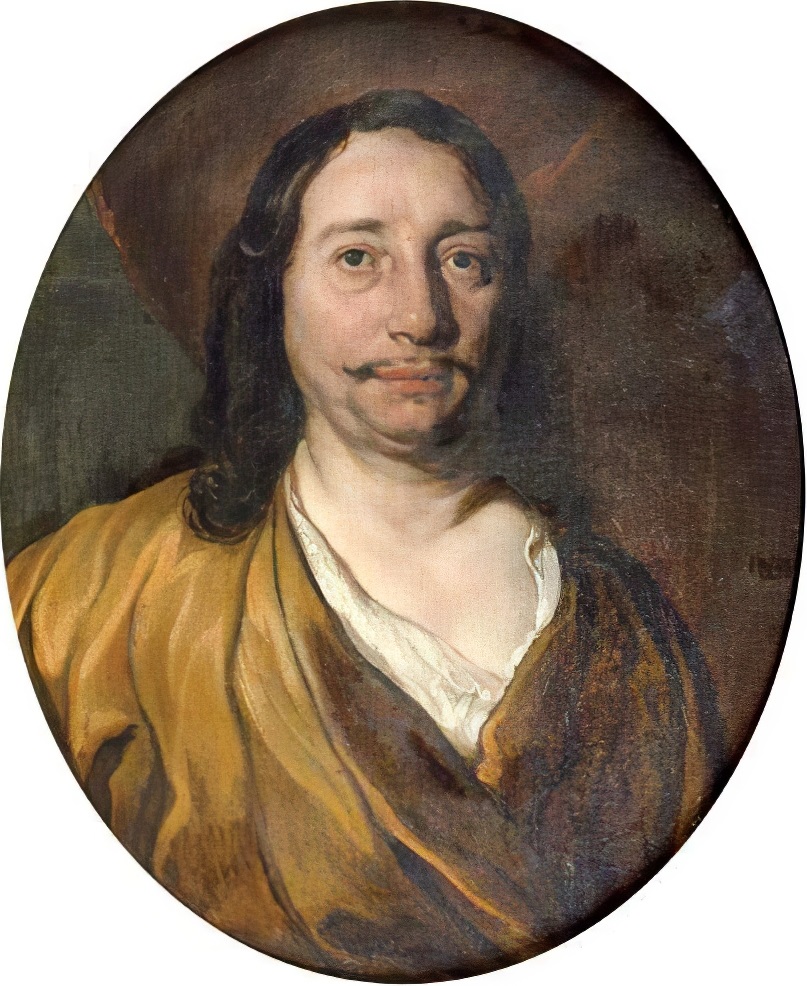
Jan van Noordt was a Dutch portrait painter of the Golden Age of Dutch painting. He is known for his paintings of historical and pastoral scenes as well as portraits, especially of children.
Jan van Nordt originally painted historical works for the free market: biblical and mythological scenes as well as scenes from popular plays of the time. In the late 1650s he began painting portraits by patronage, which allowed him to return to historical painting. During the 1660s his style moved from a dynamic elegance to a mature and rugged manner.
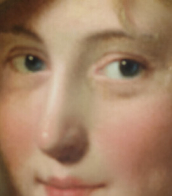
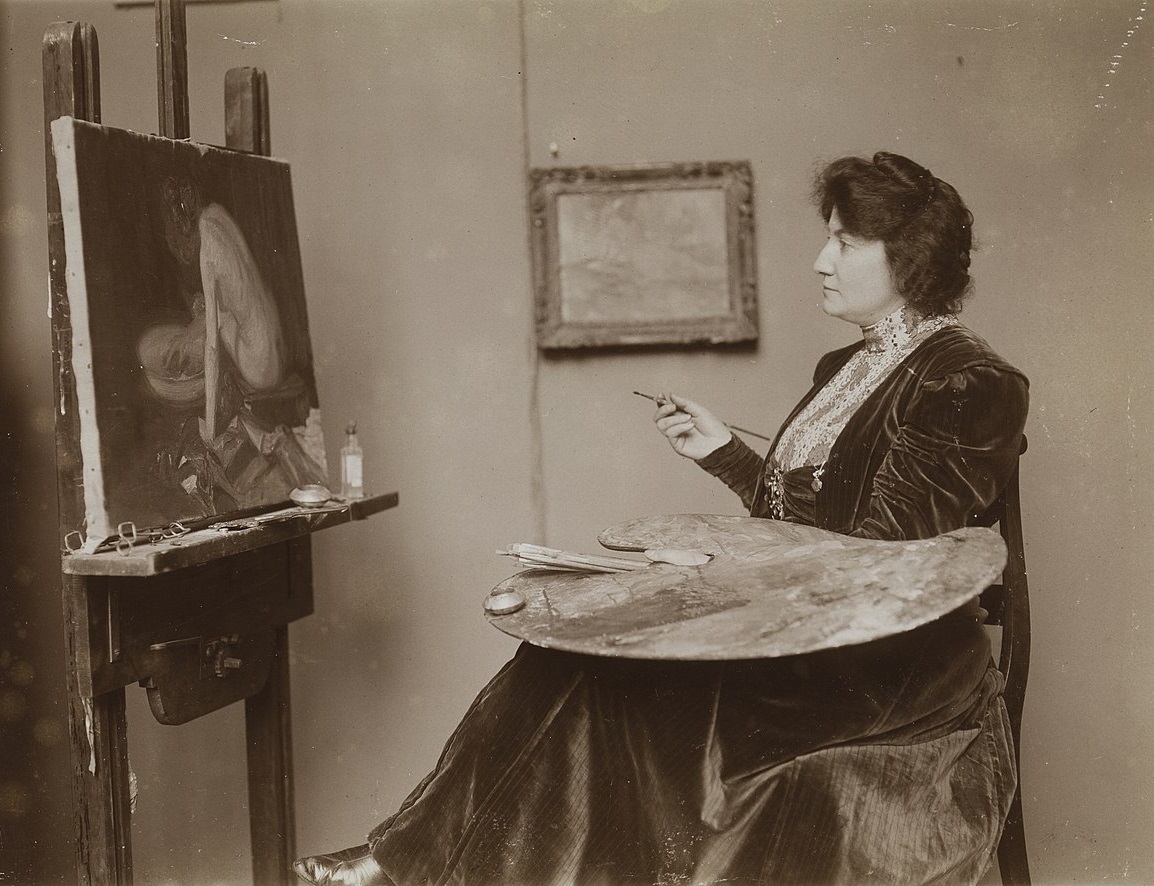
Julie Wolfthorn was a German artist, representative of the Symbolic Art Nouveau movement and member of the Berlin Secession. She studied painting in Berlin and then in Paris.
Julia Wolfthorn worked a lot and fruitfully, took part in exhibitions. She is widely known for her portraits of the poet Richard Demel, the family of the writer Gustav Landauer, the family of the architect Hermann Muthesius, the actress Tilla Dürje, and other Berlin celebrities of the time.
After the Nazis came to power, Julia Wolfthorn remained in Berlin, working with the 'Union of Jewish Culture'. In 1942 she and her sister were deported to Theresienstadt concentration camp.

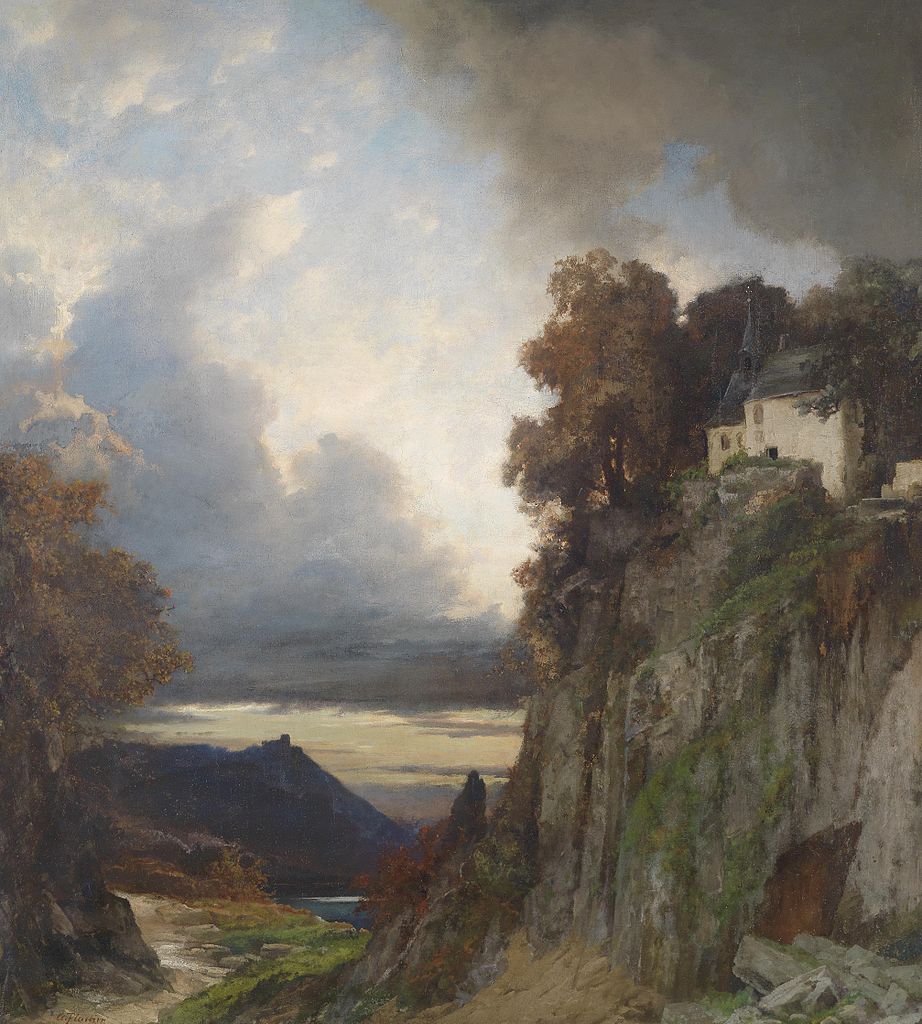
Albert Flamm was a German artist of the Düsseldorf school. He studied architecture at the Dusseldorf Academy of Art and in Antwerp. In 1841 he turned to painting and became a pupil of Andreas Achenbach. In 1848 Flamm became one of the founders of the Malkasten artists' association.
Albert Flamm painted mainly Italian landscapes, recognised for their truthfulness of nature, their vivid colours and their virtuosic treatments. He often chose an elevated viewing position to be able to create wide panoramic perspectives in warm, bright sunlight and with finely rendered detail.

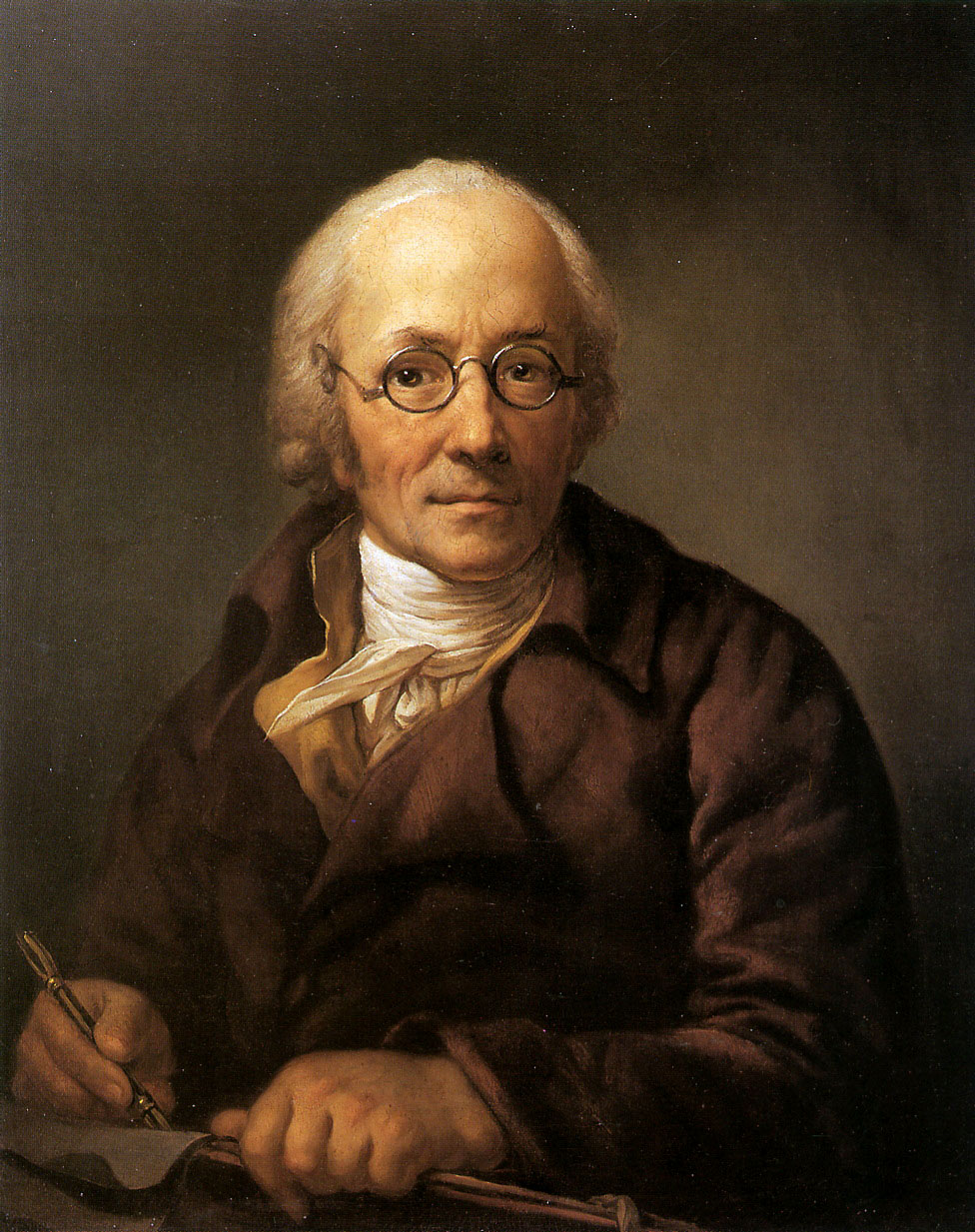
Anton Graff was an eminent Swiss portrait artist. Among his famous subjects were Friedrich Schiller, Christoph Willibald Gluck, Heinrich von Kleist, Frederick the Great, Friederike Sophie Seyler, Johann Gottfried Herder, Gotthold Ephraim Lessing, Moses Mendelssohn and Christian Felix Weiße. His pupils included Emma Körner, Philipp Otto Runge and Karl Ludwig Kaaz.

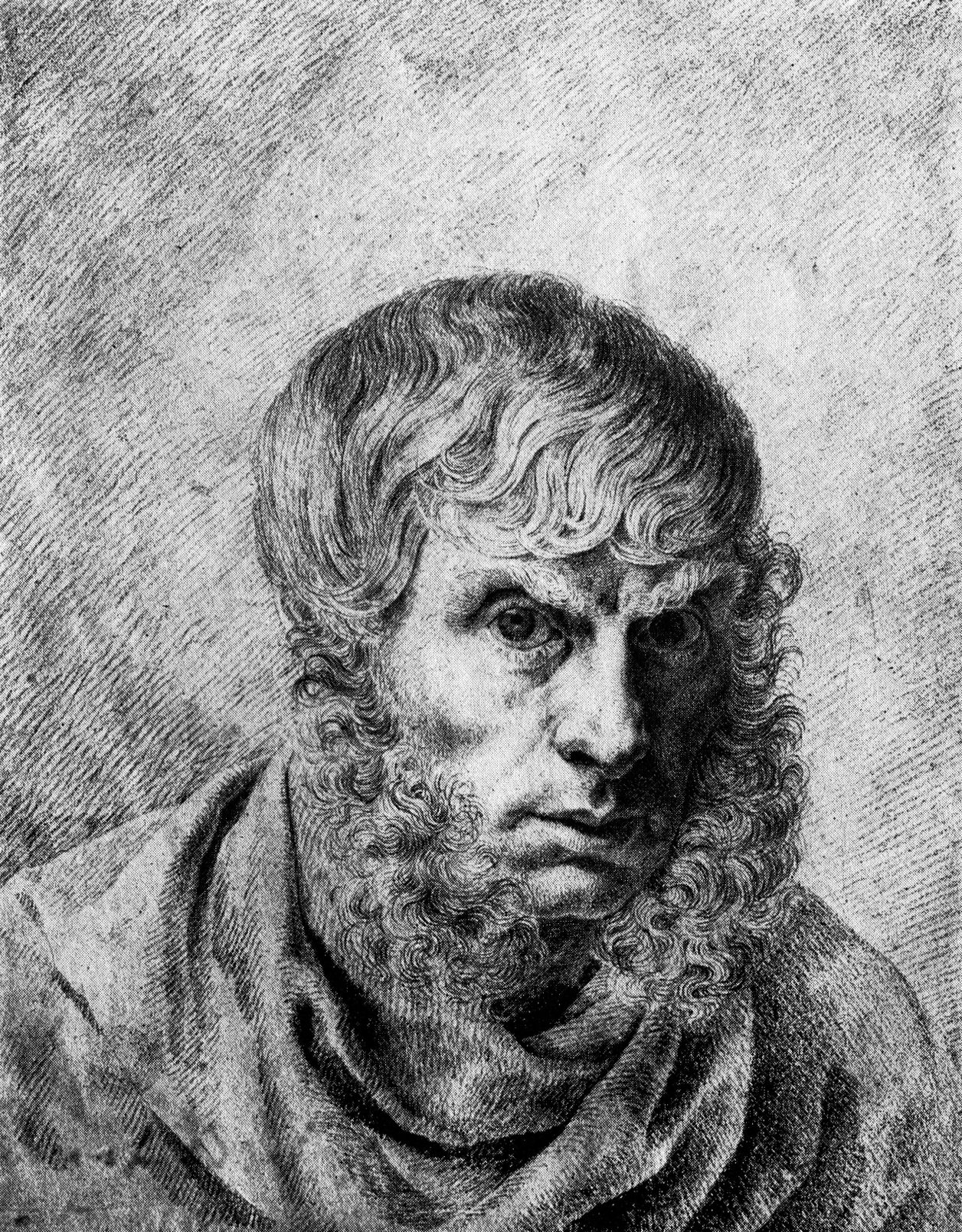
Caspar David Friedrich was a German painter of the late eighteenth and first half of the nineteenth centuries. He is known as a painter, draughtsman, watercolorist and is considered a key figure of early German Romanticism.
Caspar David Friedrich was the leader of the so-called Dresden Romantics, known for their emotionally intense landscapes. The artist himself viewed nature as a reflection of the soul and a symbol of religious experiences, creating works with deep symbolism. He actively used landscape to convey his emotions and used the technique of transporting the viewer into the virtual space of the painting. His works often depicted figures immersed in the contemplation of nature, facing infinity, which created a unique effect.

